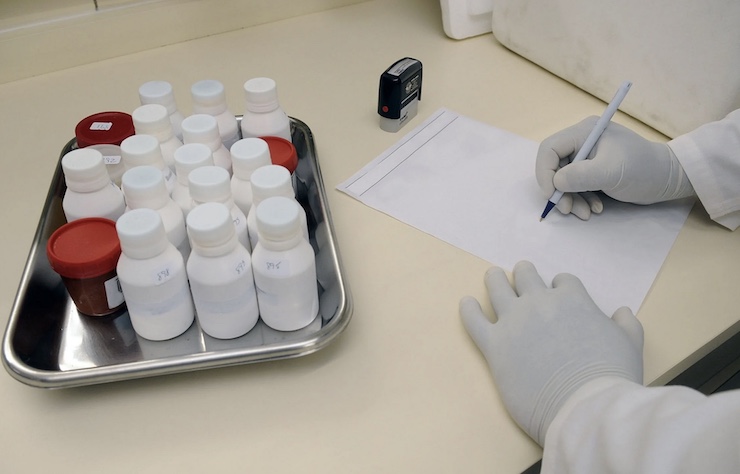
Drones are well-known for speeding delivery of emergency medical supplies, including vaccines, to remote villages in Africa. But with far less fanfare drones are also beginning to make deliveries of badly needed medicines to remote rural areas within the United States, too. One of the leaders in US-based drone medical operations is San Francisco-based Zipline. Earlier this year, the company partnered with Walmart to pilot the small-scale delivery of non-prescription drugs from the back of a neighborhood store in Pea Ridge, Arkansas. Zipline is also partnering with the US pharmacy company Magellan Rx Management to deliver prescription medications, including specialty medications, directly to patient homes from Magellan’s distribution center in North Carolina.
Another drone company, Drone Delivery Canada (DDC), is working with the University of British Columbia to provide badly needed medical supplies to Native American communities that local health centers in the province have difficulty reaching. That is still being trialed, with DDC drone prototypes still working out the logistics, including the best delivery routes and drop-off spots. Once the trial is complete in October, DCC hopes to expand its flights to isolated Native communities living throughout northwestern Canada.
The Pentagon is also piloting drone medical operations at US military bases nationwide. A study by the RAND corporation found that drones had the capacity to speed medical supplies to wounded soldiers in remote conflict areas where manned aircraft might be vulnerable to enemy fire as well as poor weather conditions. Last August, a team of Army researchers at Fort Pickett, VA began working with two drone tech companies to trial the use of UAVs for emergency blood delivery to troops under siege.
One of the issues that arises in such operations, which applies to rescue or disaster relief operations more broadly, is how to deliver perishable blood quickly, and how to secure landing zones in difficult terrain without the need for local counterparts during the operation. In the August exercise at Ft. Pickett, the team used an FVR-90 drone, which can take off and land vertically like a helicopter. The FVR-90 can also fly 12 hours or more continuously and carry up to 22 pounds of payload in its nose. The drone also carries a suite of sensors to help it find the best landing zone closest to nearby medics. Ideally, drone deliveries would involve an actual landing – but not necessarily. Drones could also drop supplies while hovering over a site, or even release them at higher altitudes in a pod with a parachute attached.
Drone might be useful not just for delivering medical supplies remotely but also for collecting and processing field samples from populations living in difficult-to-reach areas. City University at New York (CUNY) researchers, who have partnered with a local drone company to test the concept, says it requires a larger drone (about the size of a picnic table) that can carry blood samples collected by an onsite field worker and deliver them safely to a public health center for testing.
Right now the CUNY drone operation is just a one way test, but researchers say there is no reason the same drone operation couldn’t deliver medications and medical treatment plans to the same villagers based on the results of their blood tests. Drones, they say, might one day be the key to a new kind of airborne telemedicine that improves the lives of millions worldwide.
|